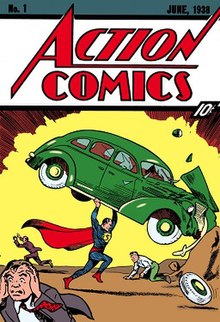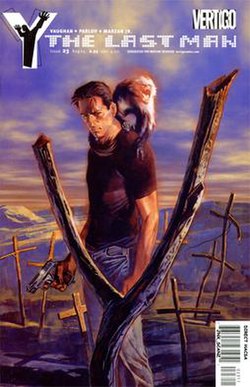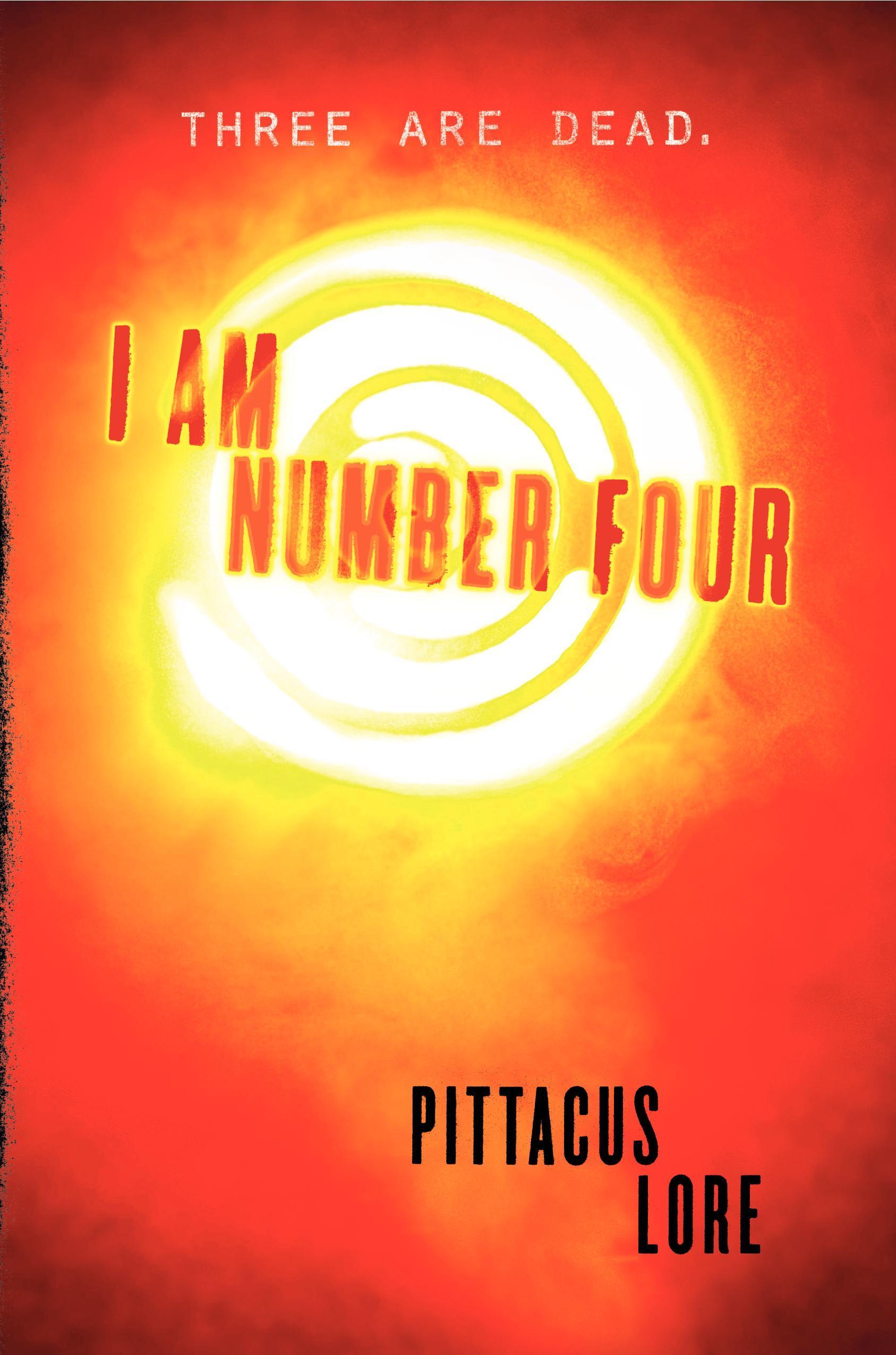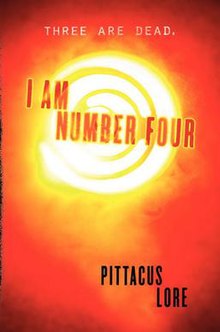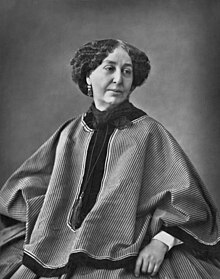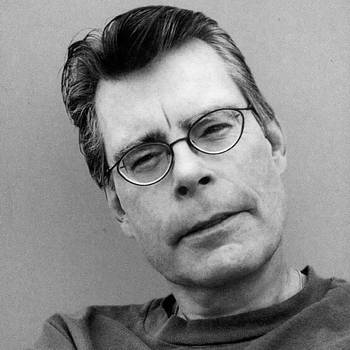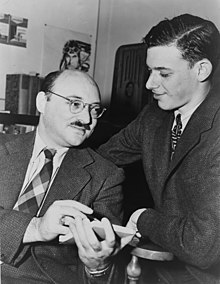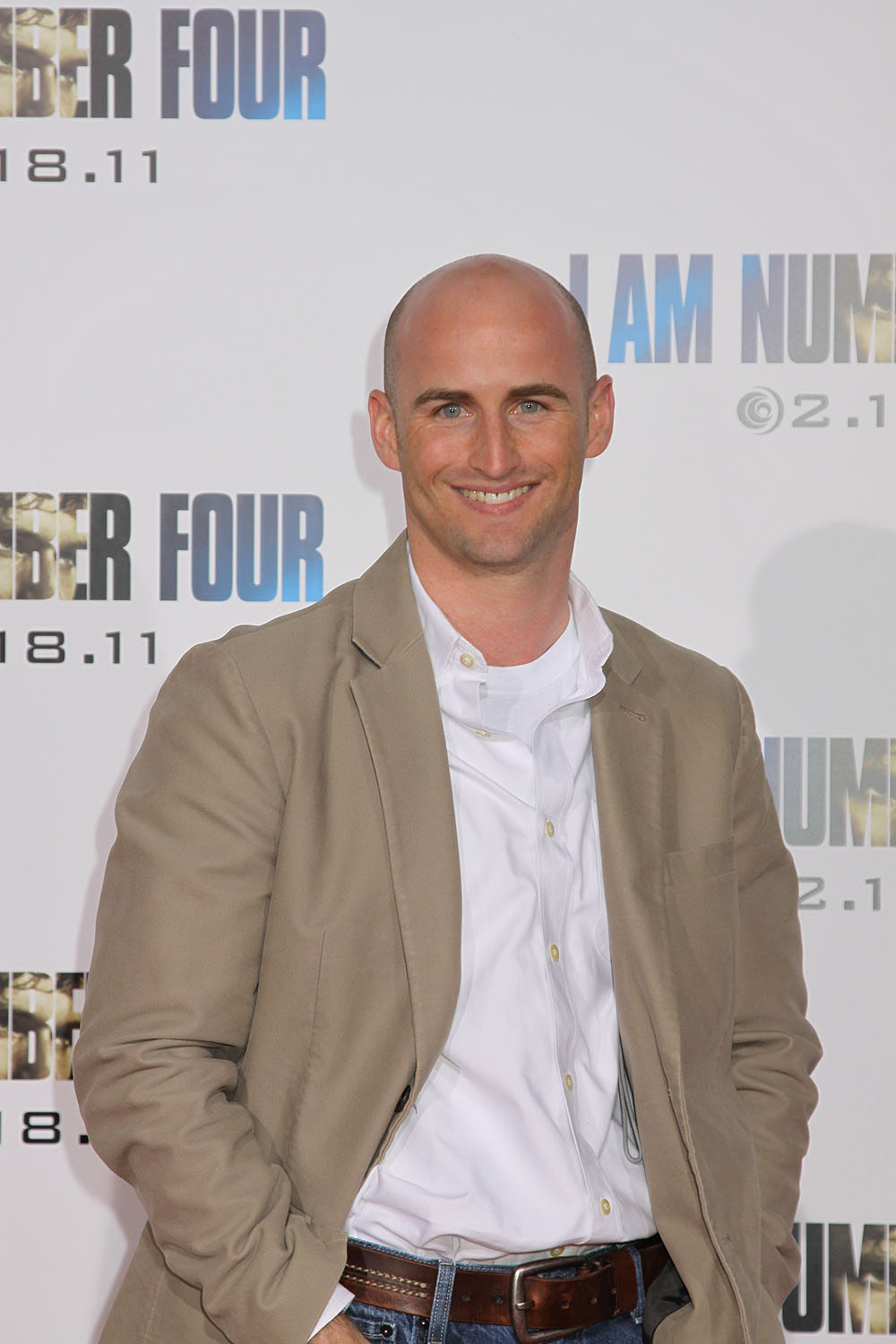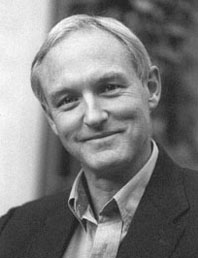Did you know that the history of comic books is divided into eras? The exact boundaries of the eras are debatable (can you imagine a bunch of comic nerds agreeing on anything, ever?) but here are the basics:
Platinum Age
In 1842, The Adventures of M. Obadiah Oldbuck became the first "comic book" (by some definitions). This kicked off what some call the Platinum Age of the American comic book, simply because it came before what most agree to call the Golden Age. The comics of this age are the ones that inspired Joe Shuster and Jerry Siegel, creators of Superman (and the topic of this week's review book).
Golden Age
This age spans roughly the 1930s to about 1950, bringing about the archetype of superheroes, including Batman and Robin, Wonder Woman, The Flash, Green Lantern, The Human Torch, and Captain America. You can tell by that list that this is when DC and Timely (later to become Marvel) started their still continuing popularity. Superhero comics lessened in popularity with the end of World War II.
Silver Age
Most agree that the start of the Silver Age of the American comic book was brought about by DC's new Flash. This age goes from about the mid-1950s to around 1970. A lot of the superhero comics quieted down, making way for stories about horror, romance, and crime. This is also the time when fears arose about comics being linked to juvenile delinquency (a notion we continue to work on debunking today). In 1954, the Comics Code Authority (CCA) was created to regulate comics' content. This made it easier to publish more superhero stories again (bringing about DC's Justice League and Marvel's Fantastic Four) because the CCA turned down a lot of the horror and crime stories, but superheroes could appear wholesome.
Bronze Age
The start of the Bronze Age is even more nebulous and debatable than the other ages' beginnings, but it began around 1970, and continued until the mid-1980s. This is the age where comics started to become more serious (less "jiminy jillikers!" and more "DC attacks youth's greatest problem: DRUGS!") Gwen Stacy was murdered in a 1973 issue of Amazing Spider-Man, which you never would have seen in the Golden or Silver Ages. Stan Lee also did a three-parter on drugs through the Spiderman vehicle with "Green Goblin Reborn!" That made the CCA happy because it taught an important lesson, and it made everyone else happy because - as the past decade of summer blockbusters has taught us - everyone loves a gritty superhero story. The Bronze Age also brought us minority superheroes like Luke Cage, Blade, John Stewart (from Green Lantern, not The Daily Show) and Cyborg. We also got some of the first company crossovers, like Superman vs. The Amazing Spiderman. Finally, comics reached out to markets other than adolescent boys, with Archie dominating the female market and Disney comics like Casper, Richie Rich, and Wendy Witch becoming very popular with kids. Reprints of Golden Age comics banked on nostalgia and the disappearance of originals (due to World War II paper drives) and were bought up quickly by baby boomers. This is also when we saw the birth of indie comics and underground comics, which were irreverent, dealt with whatever topics they wanted, and could even be pornographic (you've heard of Tijuana bibles?) This stemmed from the strict regulations imposed by the CCA during the Silver Age and the goody-two-shoes nature of the superheroes portrayed by comics giants DC and Marvel.
Modern Age / Dark Age
This is the age we live in now. Some people claim the Bronze Age never ended and is still continuing, but there is a clear division that took place some time in the 1980s. Dark versions of old favorites (like Spidey's black suit) and new, grittier suits for others like Iron Man, Captain America, and the Hulk appeared. Anti-heroes like Wolverine and Frank Miller's new version of Daredevil (above) were very popular (as they continue to be today). Complete universe reboots stemmed from these changes, meaning old secondary characters could come back (and sometimes die again), doing basically what the J J Abrams Star Trek is doing (old characters, parallel universe, anything goes). Villains like Magneto and Galactus gained more psychological depth and became sympathetic, sometimes likable characters. Alan Moore (with Watchmen, V for Vendetta, and From Hell), Art Spiegelman (who won a Pulitzer for his biographical Maus), and Frank Miller (with 300 and Sin City) became behemoths of the genre during this time. This is the age where comics became less a niche genre for nerds and outcasts and more accepted by mainstream media. (Have you noticed there are a lot of movies, seen by literally everyone, based in these comics? If you haven't, welcome to Earth; please enjoy your stay.)
I could go further by talking about graphic novels and how they grew out of the world of comics, but I have a feeling that will be coming up pretty soon... Stay tuned!

